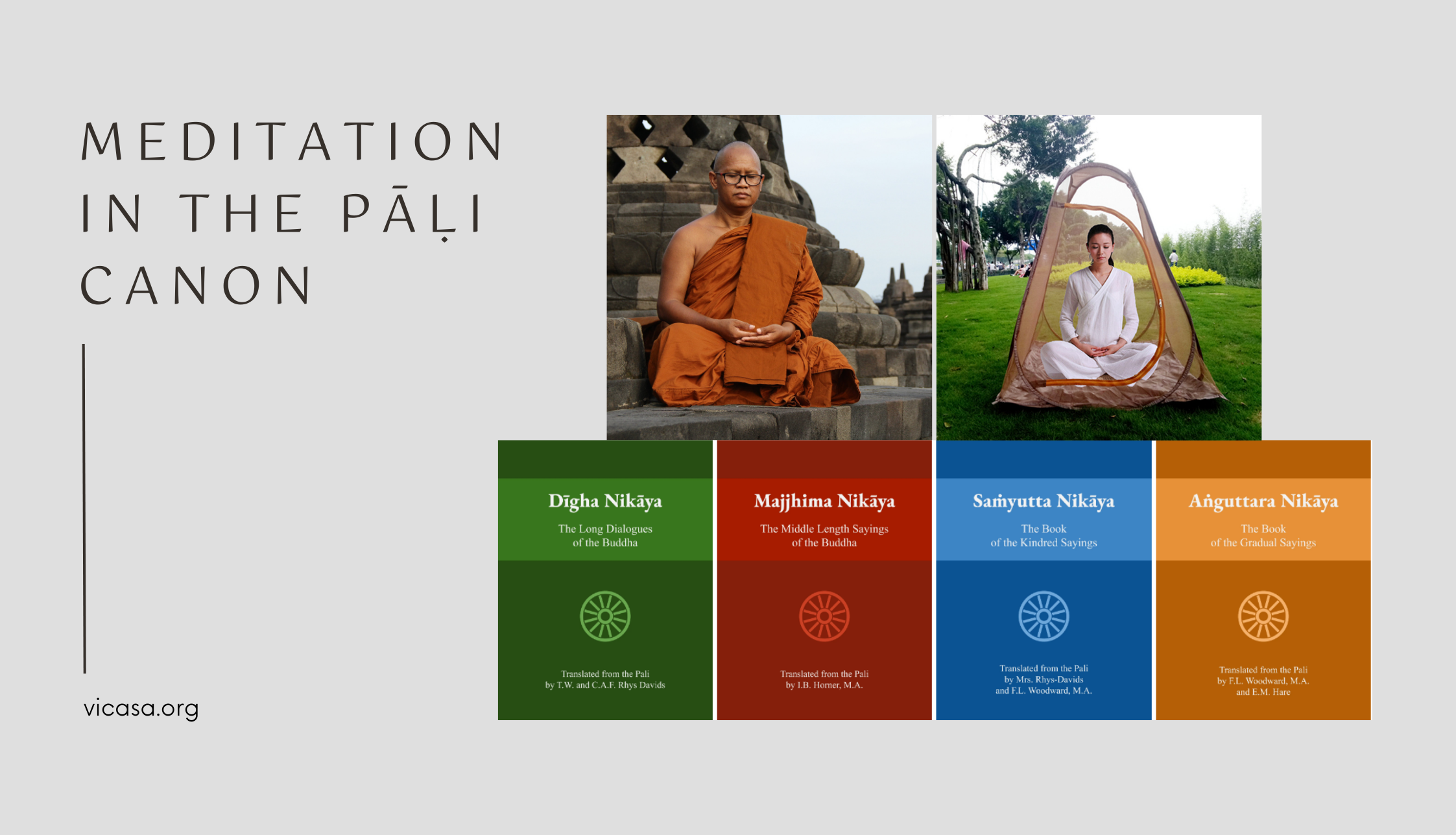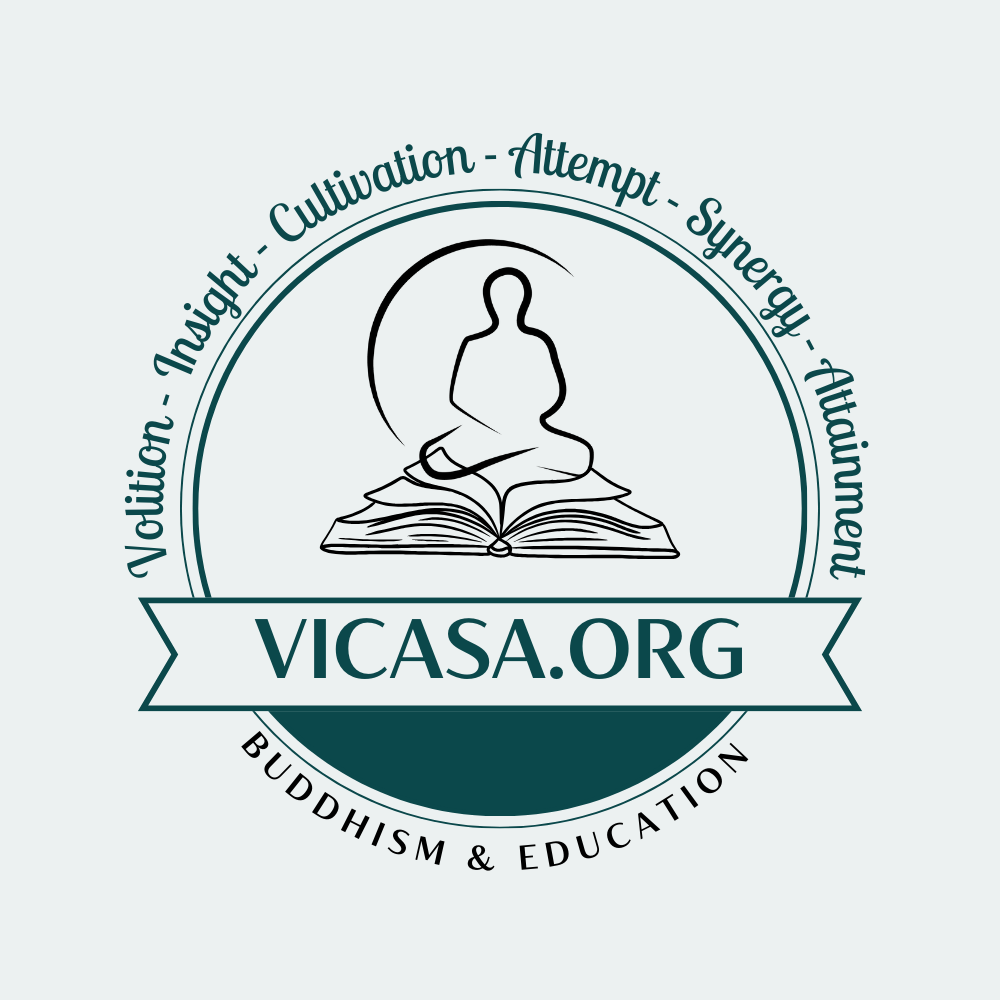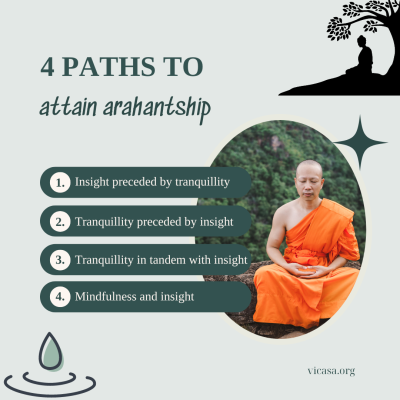Meditation in Nikaya

Meditation in Suttas
Yuganaddha Sutta - In Tandem (A 4.170)
Yo hi koci, āvuso, bhikkhu vā bhikkhunī vā mama santike arahattappattiṁ byākaroti, sabbo so catūhi maggehi, etesaṁ vā aññatarena.
- Idha, āvuso, bhikkhu samathapubbaṅgamaṁ vipassanaṁ bhāveti.
- Puna caparaṁ, āvuso, bhikkhu vipassanāpubbaṅgamaṁ samathaṁ bhāveti.
- Puna caparaṁ, āvuso, bhikkhu samathavipassanaṁ yuganaddhaṁ bhāveti.
Puna caparaṁ, āvuso, bhikkhuno dhammuddhaccaviggahitaṁ mānasaṁ hoti. Hoti so, āvuso, samayo yaṁ taṁ cittaṁ ajjhattameva santiṭṭhati sannisīdati ekodi hoti samādhiyati.
———–
“Whoever — monk or nun — declares the attainment of arahantship in my presence, they all do it by means of one or another of these four paths.”
Developing insight preceded by tranquility
Developing tranquility preceded by insight
Developing tranquillity in tandem with insight
A mind has its restlessness concerning the Dhamma [Comm: the corruptions of insight] well under control. There comes a time when his mind grows steady inwardly, settles down, and becomes unified & concentrated (awareness and insight)
The four possible ways of developing Samatha and Vipassanā in different orders.
Sāmaññaphala Sutta (DN 2) – The Fruits of Recluseship (DN 2) = Lohicca Sutta (DN 11) – To Kevatta (DN 11)
So evaṁ samāhite citte parisuddhe pariyodāte anaṅgaṇe vigatūpakkilese mudubhūte kammaniye ṭhite āneñjappatte ñāṇadassanāya cittaṁ abhinīharati abhininnāmeti.
So evaṁ samāhite citte parisuddhe pariyodāte anaṅgaṇe vigatūpakkilese mudubhūte kammaniye ṭhite āneñjappatte āsavānaṁ khayañāṇāya cittaṁ abhinīharati abhininnāmeti.
———
With his mind thus concentrated (samāhite), purified, & bright, unblemished, free from defects, pliant, malleable, steady, & attained to imperturbability, he directs and inclines it to knowledge & vision (ñāṇadassana).
With his mind thus concentrated (samāhite), purified, & bright, unblemished, free from defects, pliant, malleable, steady, & attained to imperturbability, the monk directs & inclines it to the knowledge of the ending of the mental fermentations (āsavānaṃ khayañāṇa).
Vijjābhāgiya Sutta – Conducive to knowledge (A 2.32)
Dve·me, bhikkhave, dhammā vijjā-bhāgiyā. Katame dve? Samatho ca vipassanā ca.
Samatho, bhikkhave, bhāvito kam-attham-anubhoti? Cittaṃ bhāvīyati. Cittaṃ bhāvitaṃ kam-attham-anubhoti? Yo rāgo so pahīyati.
Vipassanā, bhikkhave, bhāvitā kam-attham-anubhoti? Paññā bhāvīyati. Paññā bhāvitā kam-attham-anubhoti? Yā avijjā sā pahīyati.
Rāg·upakkiliṭṭhaṃ vā, bhikkhave, cittaṃ na vimuccati, avijj·upakkiliṭṭhā vā paññā na bhāvīyati. Iti kho, bhikkhave, rāga-virāgā cetovimutti, avijjā-virāgā paññāvimuttī.
———
These two qualities have a share in clear knowing. Which two? Tranquility (samatha) & insight (vipassanā). When tranquility is developed, what purpose does it serve? The mind is developed. And when the mind is developed, what purpose does it serve? Passion is abandoned.
When insight is developed, what purpose does it serve? Discernment is developed. And when discernment is developed, what purpose does it serve? Ignorance is abandoned.
Defiled by passion, the mind is not released. Defiled by ignorance, discernment does not develop. Thus from the fading of passion is there awareness-release. From the fading of ignorance is there discernment-release.
Asaṅkhata Saṁyutta - The Unconditioned (SN 43.12)
(i) And what, bhikkhus, is the path leading to the unconditioned? Serenity: this is called the path leading to the unconditioned….
(ii) … And what, bhikkhus, is the path leading to the unconditioned? Insight: this is called the path leading to the unconditioned….
Dhammapada 372
Natthi jhānaṃ apaññassa paññā natthi ajhāyato
Yamhi jhānaṃ ca paññā ca sa ve nibbāṇasantike.
There’s no jhāna for one with no discernment. No discernment for one with no jhāna. But one with both jhāna & discernment (paññā), he is on the verge to Nibbāna.
Samādhi Sutta — Concentration (SN 22.5)
Bhikkhus, develop concentration. A bhikkhu who is concentrated understands things as they really are. And what does he understand as it really is? The origin and passing away of form; the origin and passing away of feeling; the origin and passing away of perception; the origin and passing away of volitional formations; the origin and passing away of consciousness.
…
One doesn’t enjoy, welcome, or remain fastened to form/feeling/perception/ fabrications/consciousness. As one doesn’t enjoy, welcome, or remain fastened to form/feeling/perception/ fabrications/consciousness, any delight in form/feeling/perception/ fabrications/consciousness ceases. From the cessation of delight comes the cessation of clinging. From the cessation of clinging/sustenance, the cessation of becoming. From the cessation of becoming, the cessation of birth. From the cessation of birth, then aging & death, sorrow, lamentation, pain, distress, & despair all cease. Such is the cessation of this entire mass of stress & suffering.
This, monks, is the disappearance of form. This, the disappearance of feeling… perception… fabrications. This, the disappearance of consciousness.”
Samādhi Sutta — Concentration (SN 56.1)
The (sutta) opening at Sāvatthī.
You should develop concentration, bhikkhus. Concentrated, bhikkhus, a bhikkhu understands as it actually is. And what does he understand as it actually is?
He understands as it actually is: ‘This is suffering’ He understands as it actually is: ‘This is the cause of suffering’ He understands as it actually is: ‘This is the cessation of suffering’ He understands as it actually is: ‘This is the path leading to the cessation of suffering’.
You should develop concentration, bhikkhus. Concentrated, bhikkhus, a bhikkhu understands as it actually is.
Therefore, bhikkhus, you should yoke yourselves to [understanding:] ‘This is suffering’; you should yoke yourselves to ‘This is the cause of suffering’; you should yoke yourselves to ‘This is the cessation of suffering’; you should yoke yourselves to ‘This is the path leading to the cessation of suffering’.



